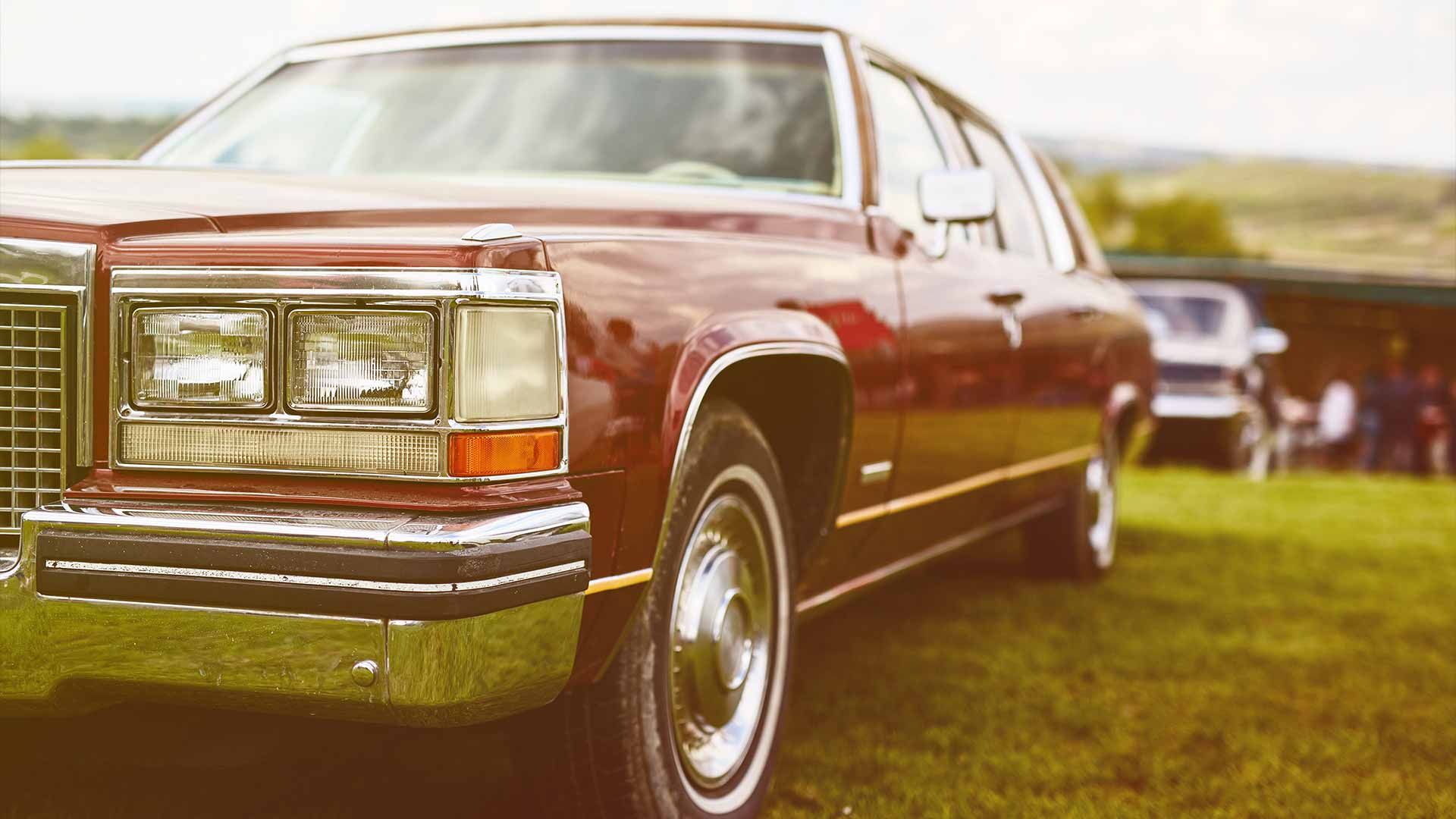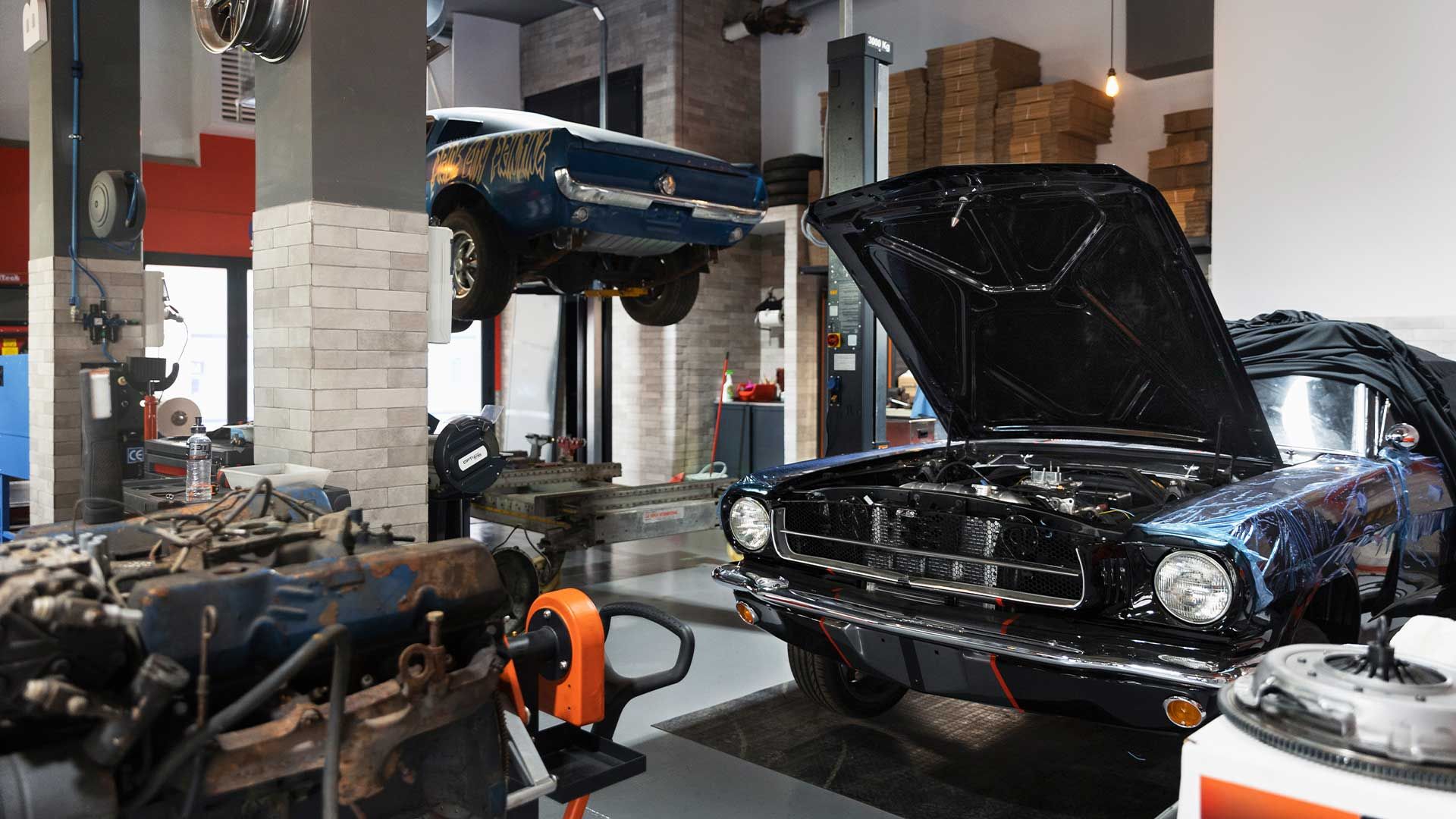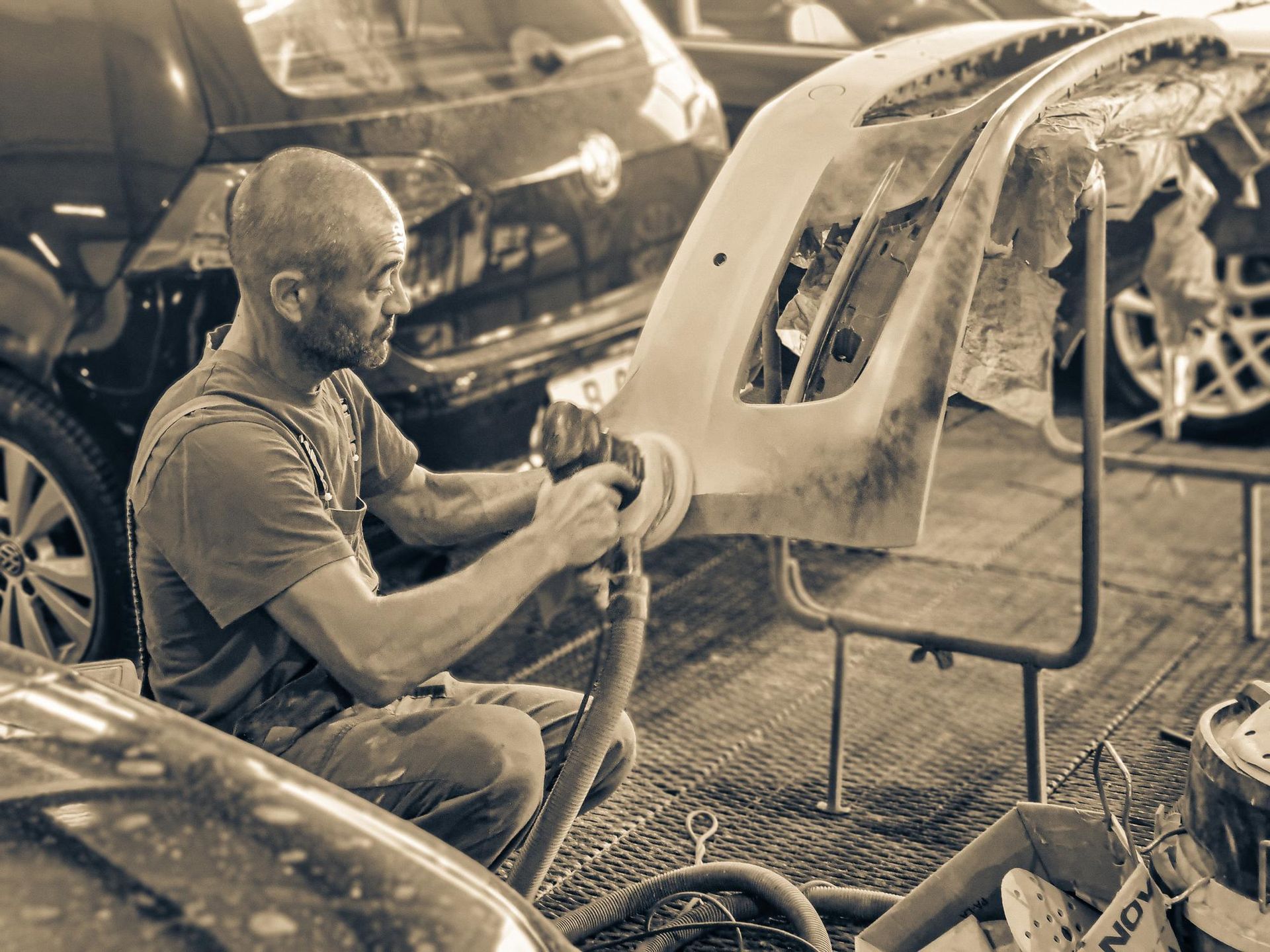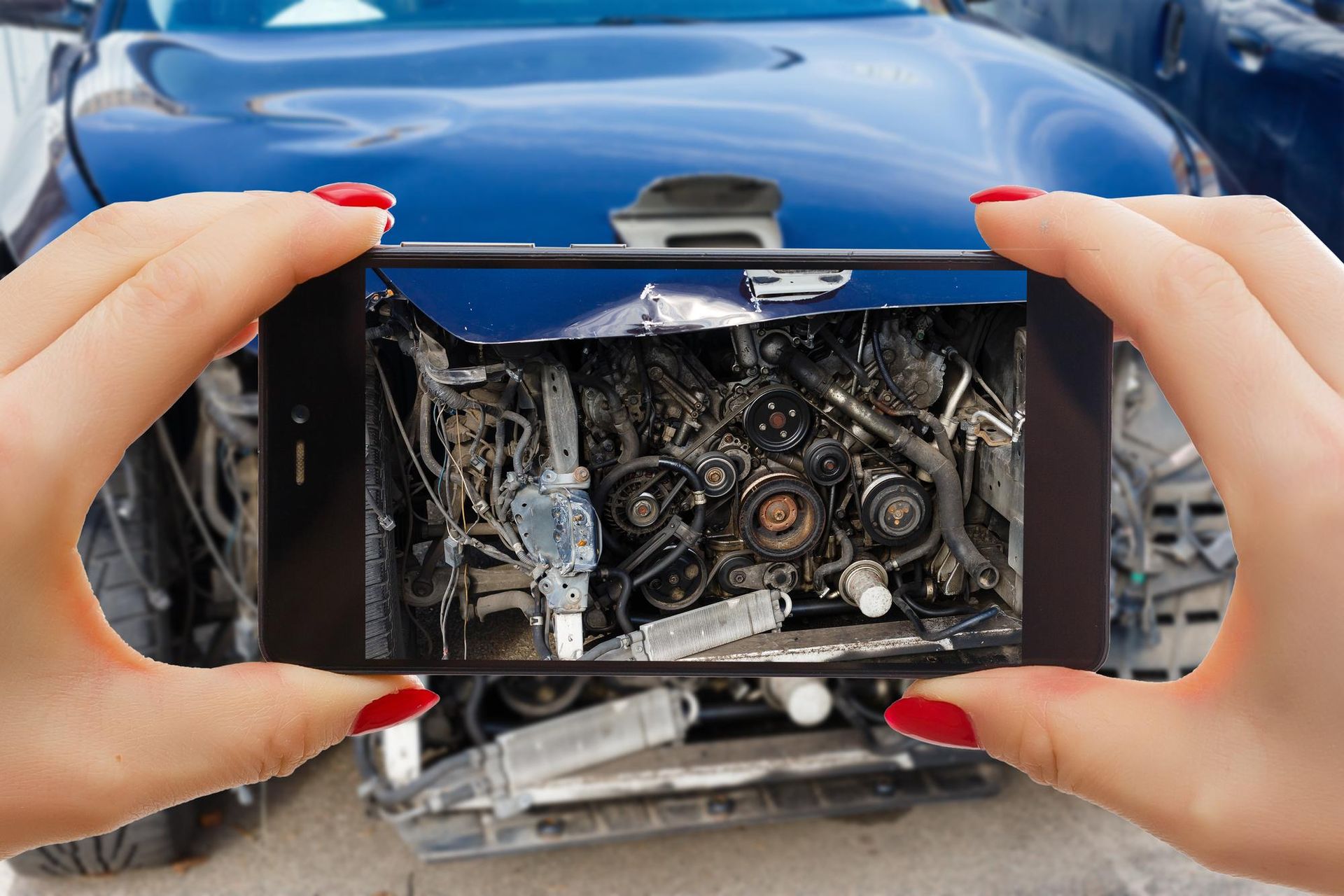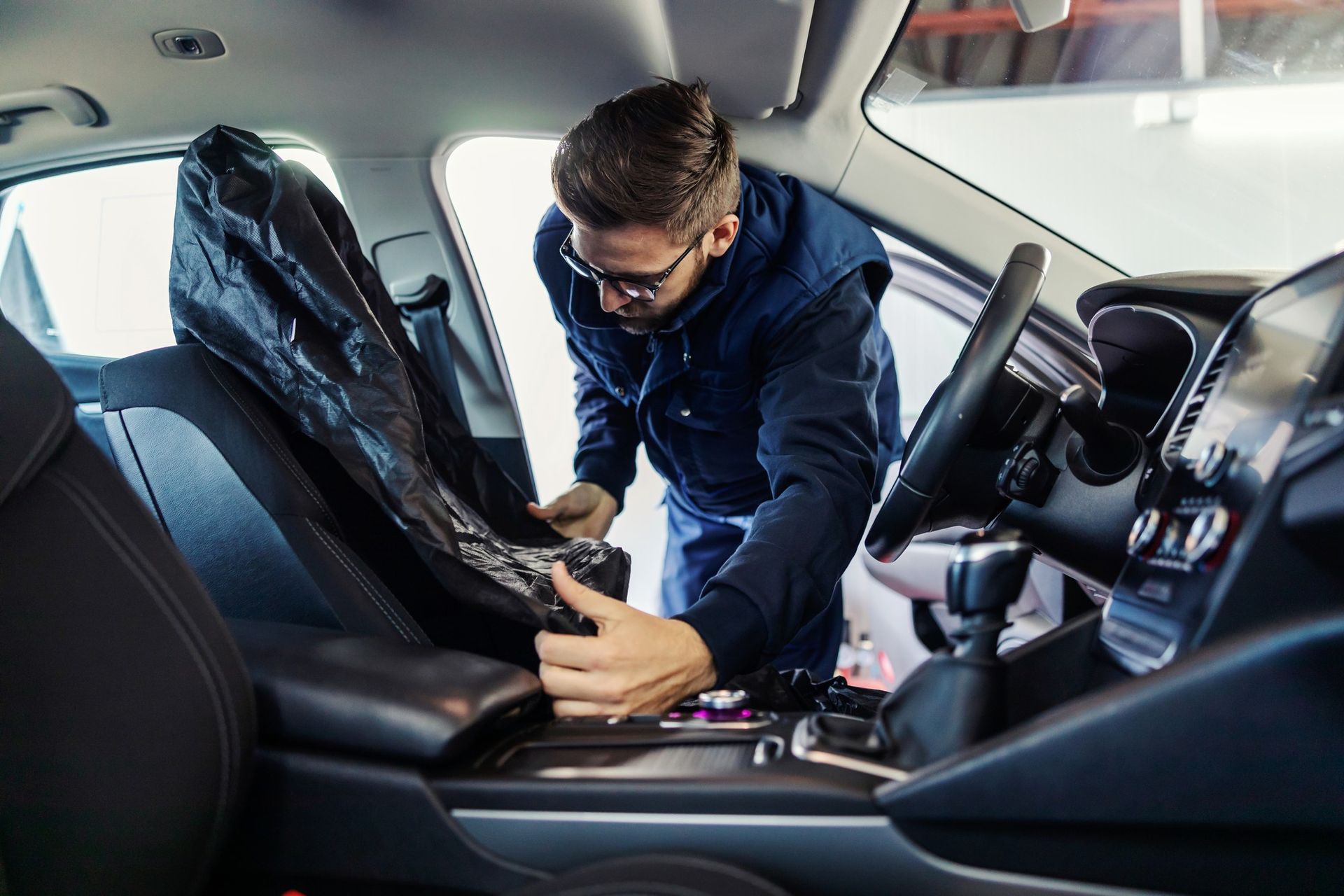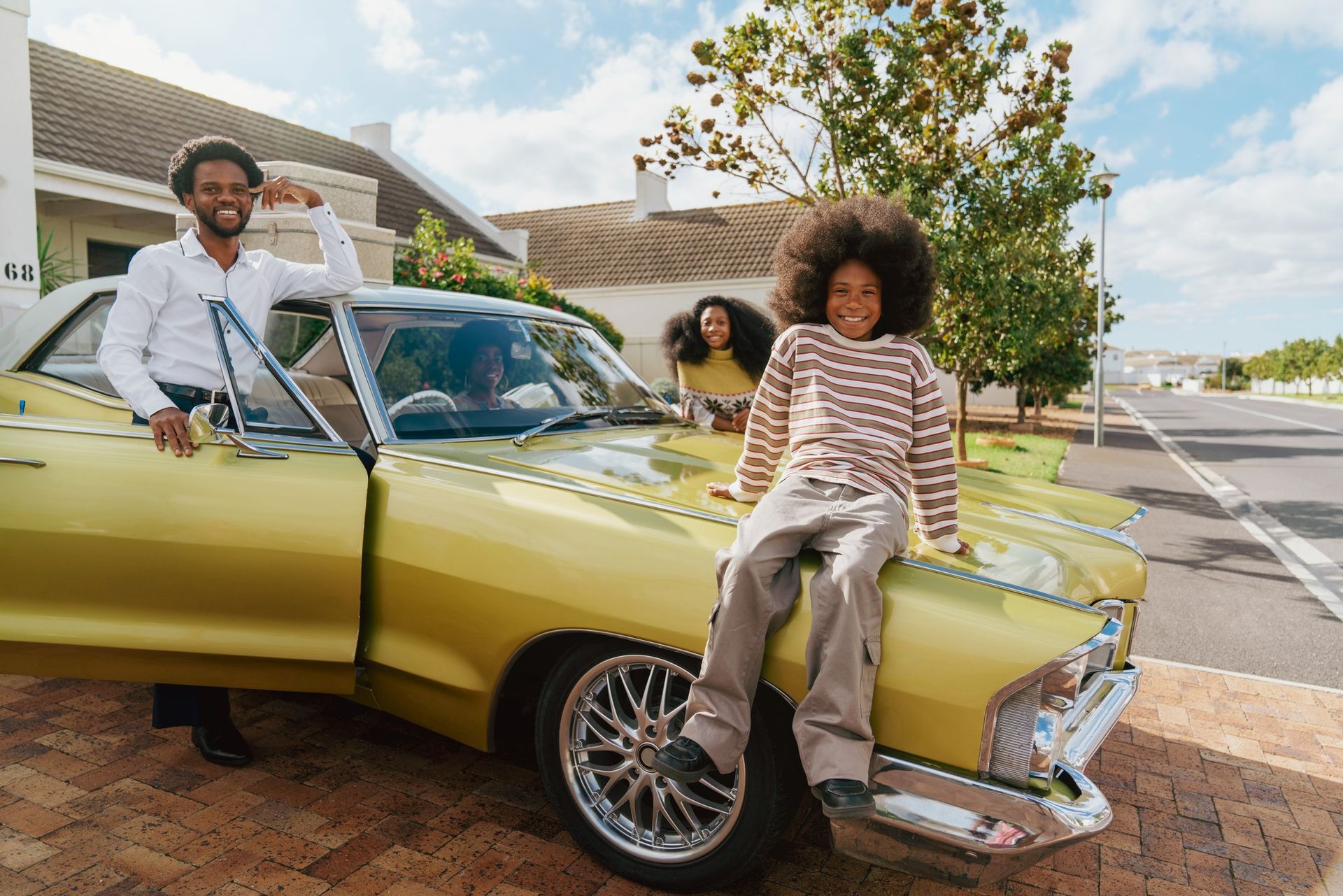The Beauty of Restoration: Reviving Classic Cars to Their Former Glory
Classic cars hold a special place in the hearts of enthusiasts around the world. These vintage vehicles evoke nostalgia and admiration for their timeless design, craftsmanship, and historical significance. However, many classic cars suffer from the effects of time, neglect, and wear, diminishing their once-glorious appearance and performance. That's where restoration comes in. Restoration is the process of bringing these iconic automobiles back to their original splendor, preserving their heritage for future generations to enjoy.
In this comprehensive guide, we'll delve into the fascinating world of classic car restoration. From choosing the right car for restoration to planning and executing the project, we'll explore every step of the journey. Whether you're a seasoned enthusiast or a newcomer to the world of classic cars, join us as we uncover the beauty of restoration and learn how these vintage treasures are revived to their former glory.
Choosing the Right Classic Car for Restoration
Selecting the perfect classic car for restoration is a crucial first step in the process. When choosing a car, consider factors such as your budget, personal preferences, and the availability of parts and resources. Popular classic car models like the Ford Mustang, Chevrolet Camaro, and Volkswagen Beetle are excellent choices for restoration projects due to their widespread availability and timeless appeal.
Before making a purchase, it's essential to conduct thorough research and inspections to assess the condition of the car. Look for signs of rust, corrosion, and structural damage, as these can significantly impact the restoration process and overall cost. Additionally, consider the level of restoration you're willing to undertake – whether you prefer a full-frame-off restoration or a more moderate approach.
By carefully selecting the right classic car for restoration, you can embark on a rewarding journey that celebrates the beauty and history of these iconic automobiles. Whether you're restoring a vintage muscle car, a sleek sports car, or a charming vintage sedan, the possibilities are endless. Let's choose the perfect classic car and bring it back to life!
Assessing the Condition of a Classic Car
Once you've chosen a classic car for restoration, the next step is to assess its condition thoroughly. Classic cars can vary widely in terms of their condition, from well-preserved specimens to rusted and deteriorated examples requiring extensive work. Conducting a comprehensive inspection is crucial to understanding the scope of the restoration project and identifying any potential challenges.
Begin by examining the exterior of the car for signs of rust, dents, and damage. Pay close attention to the body panels, frame, and undercarriage, as these areas are prone to corrosion and structural issues. Inspect the interior for wear and tear, missing or damaged components, and signs of water damage.
Additionally, assess the mechanical components, including the engine, transmission, suspension, and brakes. Look for evidence of leaks, worn-out parts, and mechanical issues that may require attention.
By conducting a thorough assessment of the classic car's condition, you can develop a clearer understanding of the restoration process's scope and requirements. This information will guide your restoration plan and help you set realistic expectations for the project ahead.
Planning and Preparing for the Restoration Project
Before diving into the restoration process, it's essential to create a detailed plan and gather the necessary resources. Start by developing a restoration plan that outlines the specific goals, timeline, and budget for the project. Consider factors such as the level of restoration desired, the availability of parts and materials, and any special tools or equipment needed.
Once you have a plan in place, it's time to gather the necessary tools, equipment, and resources for the restoration. This may include tools for disassembly and assembly, safety equipment, restoration manuals, and access to replacement parts and materials. Additionally, you'll need to set up a suitable workspace for the restoration project, whether it's a garage, workshop, or dedicated restoration facility.
By planning and preparing thoroughly before beginning the restoration project, you can ensure a smoother and more successful outcome. Taking the time to develop a comprehensive plan and gather the necessary resources will set you up for success and help you achieve your restoration goals.
Disassembly and Restoration Techniques
Once you have prepared your workspace and gathered all the necessary tools and resources, it's time to begin the disassembly process. Start by carefully removing components such as trim pieces, interior fittings, and mechanical parts, documenting each step along the way. Take care to label and organize all parts to ensure they can be reassembled correctly later.
With the car disassembled, you can now focus on restoring each component to its former glory. This may involve various techniques, depending on the part and its condition. For example, bodywork may require sanding, rust removal, and dent repair, while mechanical components may need cleaning, refurbishment, or replacement.
Throughout the restoration process, it's essential to preserve the car's originality while enhancing its performance and aesthetics. Strive to maintain authentic details and finishes whenever possible, while also incorporating modern upgrades for improved reliability and drivability.
By following these disassembly and restoration techniques, you can breathe new life into your classic car and bring it one step closer to its former glory. With patience, dedication, and attention to detail, you can achieve remarkable results and create a stunning restored masterpiece.
Overcoming Challenges and Obstacles
Classic car restoration can present various challenges and obstacles along the way, but with the right approach, they can be overcome. One common challenge is sourcing replacement parts, especially for rare or obscure models. However, there are many resources available, including salvage yards, online marketplaces, and specialty suppliers, where you can find the parts you need.
Another challenge is dealing with unexpected issues that arise during the restoration process, such as hidden rust or structural damage. In such cases, it's essential to stay flexible and adaptable, adjusting your restoration plan as needed to address these challenges.
Seeking assistance from experts and resources can also help you overcome obstacles during the restoration process. Whether it's consulting with experienced restorers, joining online forums and communities, or attending workshops and events, there are many ways to gain valuable insights and advice.
By approaching challenges with a positive attitude and a willingness to learn, you can overcome obstacles and achieve your restoration goals. Remember that every challenge presents an opportunity for growth and improvement, ultimately leading to a more rewarding restoration experience.
Bringing the Classic Car Back to Life
After overcoming challenges and working through the restoration process, it's time to bring your classic car back to life. Begin by reassembling the restored components, taking care to follow your documentation and labels to ensure everything is put back together correctly. This step requires patience and attention to detail to ensure that each part fits together seamlessly.
Once the car is reassembled, it's time to test and fine-tune its mechanical components. Start the engine and check for any unusual sounds or vibrations, and test the brakes, steering, and suspension to ensure they are functioning correctly. Make any necessary adjustments to ensure that the car is running smoothly and safely.
Finally, take a moment to appreciate the beauty and history of your restored classic car. Reconnecting with its heritage and the effort you've put into its restoration can be a truly rewarding experience. Whether you plan to showcase your car at car shows or simply enjoy driving it on the open road, your restored classic car is sure to turn heads and spark admiration wherever it goes.
Conclusion
In conclusion, the process of restoring a classic car is a labor of love that requires dedication, skill, and attention to detail. From choosing the right car for restoration to overcoming challenges and bringing it back to life, every step of the journey is filled with excitement and satisfaction.
At LR Classics, LLC, we understand the passion and commitment that classic car enthusiasts bring to their restoration projects. That's why we offer a wide range of services and resources to support your restoration efforts. From expert advice and guidance to quality parts and accessories, we're here to help you bring your classic car dreams to life.
For more information or to schedule a consultation, contact us today at (520) 494-2745. Let us help you turn your vision of a restored classic car into a reality.
Frequently Asked Questions (FAQs)
-
How long does it take to restore a classic car?
The time required to restore a classic car varies depending on factors such as the car's condition, the extent of restoration needed, and the availability of parts and resources. Generally, a complete restoration can take anywhere from several months to several years.
-
What is the cost of restoring a classic car?
The cost of restoring a classic car can vary widely depending on factors such as the car's make and model, its condition, the level of restoration desired, and the availability of parts and resources. It's essential to budget carefully and factor in potential unforeseen expenses.
-
Do I need specialized skills to restore a classic car?
While some level of mechanical aptitude and automotive knowledge is helpful, it's not necessarily required to restore a classic car. Many enthusiasts learn as they go and seek assistance from experienced professionals and resources.
-
Can I drive a classic car daily after restoration?
While it's possible to drive a classic car daily after restoration, it's essential to consider factors such as reliability, safety, and maintenance requirements. Many owners choose to preserve their restored classic cars for occasional use or special occasions.
-
Where can I find parts and resources for classic car restoration?
There are many resources available for classic car parts and restoration supplies, including salvage yards, online marketplaces, specialty suppliers, and automotive forums and communities. Researching and networking with other enthusiasts can help you find the parts and resources you need for your restoration project.
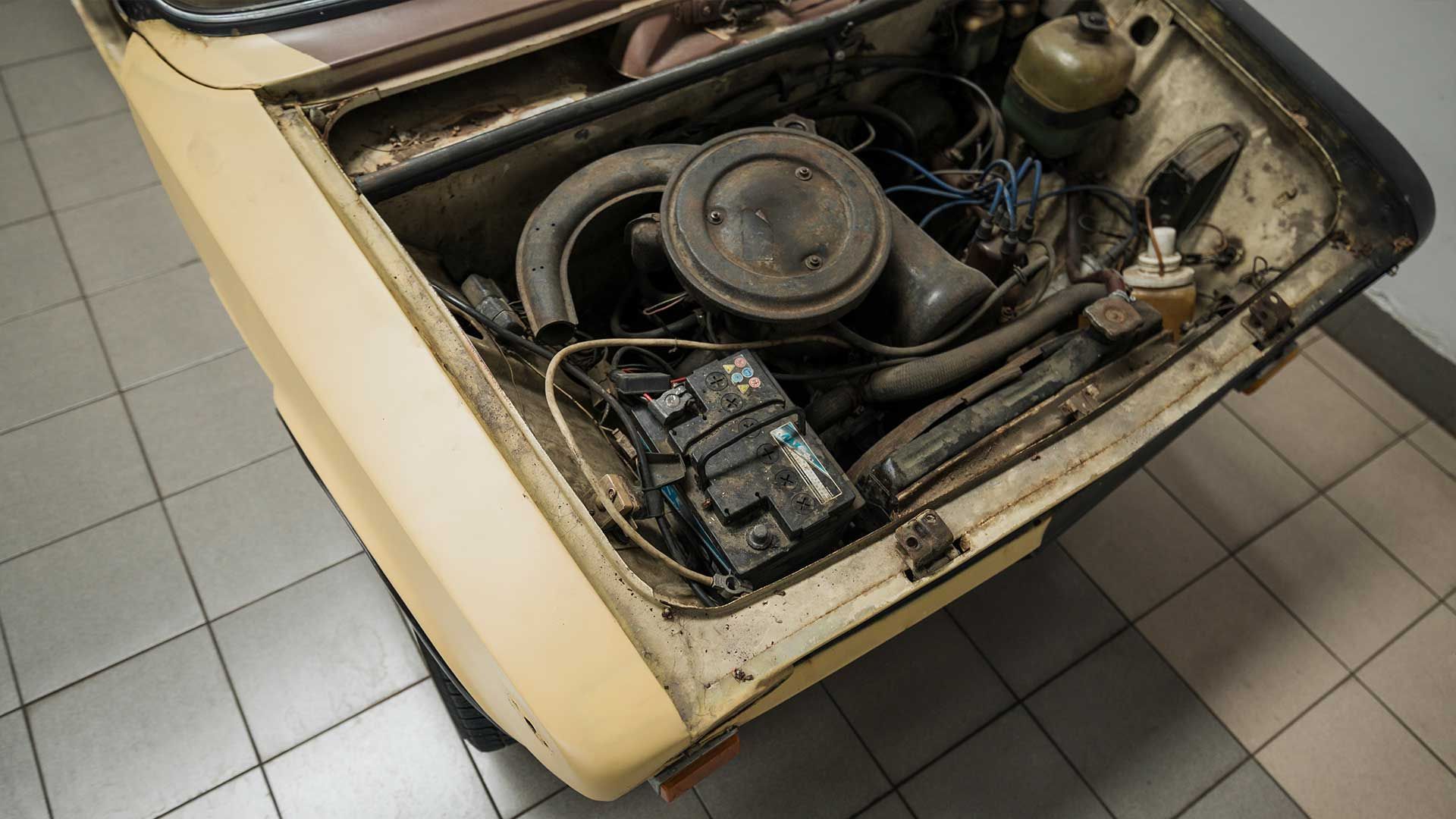
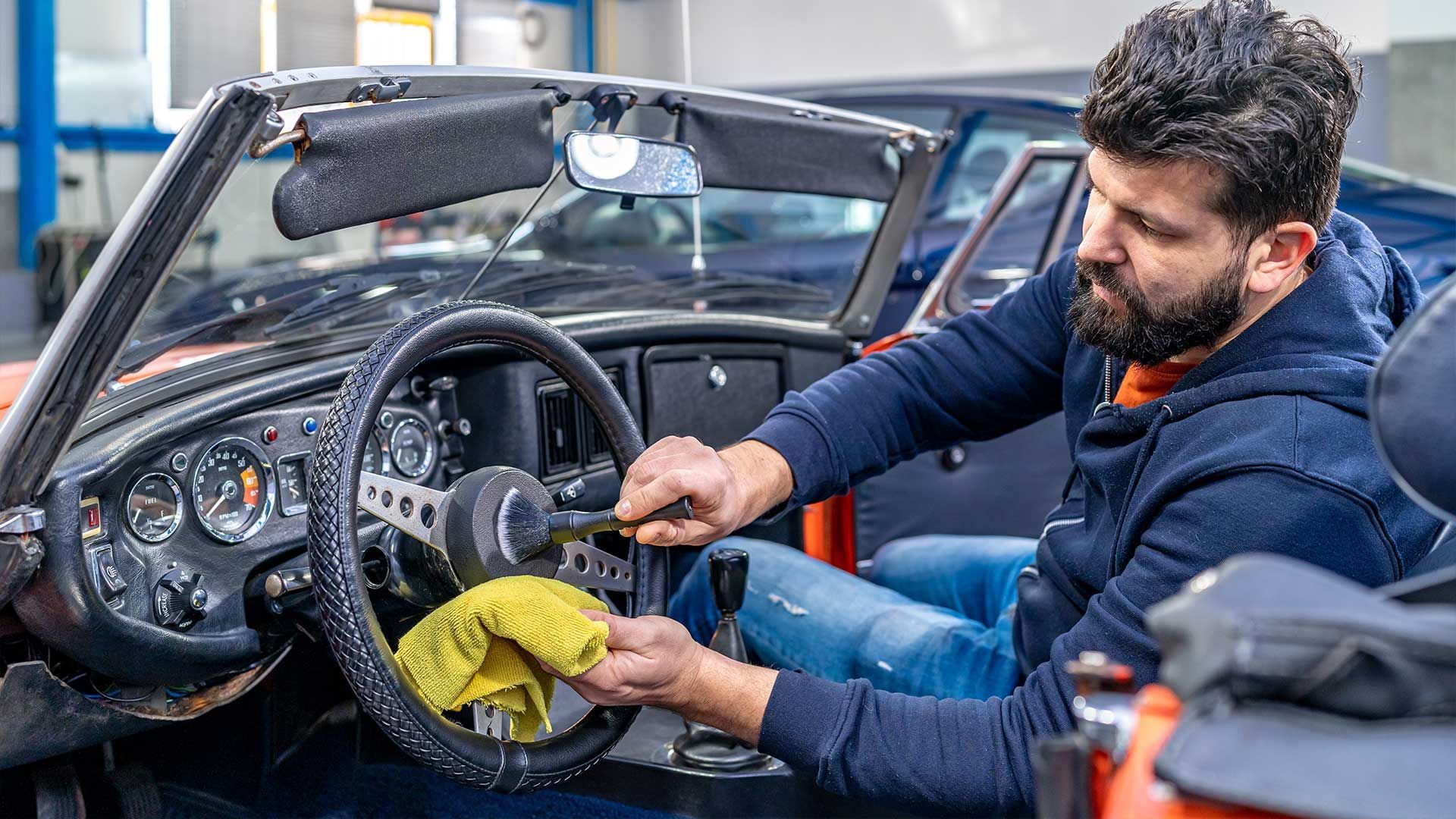
Opening Hours
- Mon - Fri
- -
- Sat - Sun
- Closed
All Rights Reserved | LR Classics


